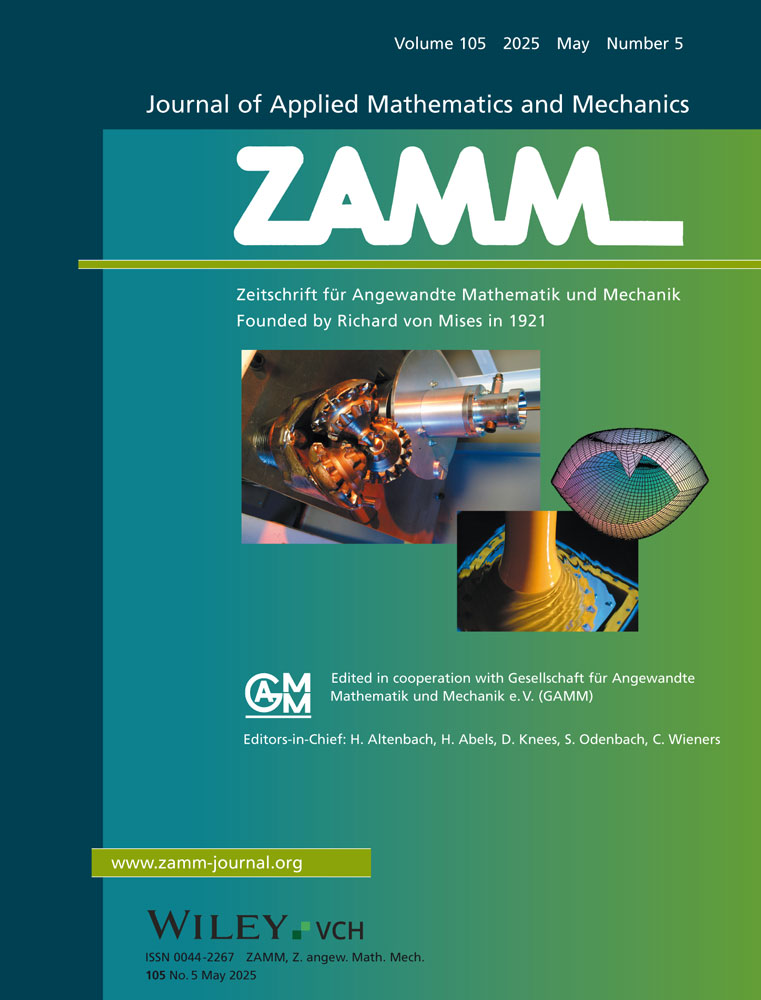A strain gradient elasticity analysis of exponentially graded FGM containing multiple cracks under anti-plane shear load
Abstract
In this study, we extend the investigation of mechanical behavior in functionally graded materials (FGMs) to include bi-directional exponential variations in material properties, addressing the case of two unequal collinear mode-III cracks weakened FGM plate. Employing the strain gradient elasticity theory, which incorporates two characteristic lengths, and , to capture volumetric and surface strain-gradient effects, respectively, we analyze the shear modulus as a function of both spatial coordinates, represented as . This bi-directional gradation introduces new complexities into the system, necessitating advanced numerical techniques. We construct a system of hyper-singular integral-differential equations to derive numerical solutions for various fracture parameters. Our analysis covers different variations of bi-directional material gradation parameters, and , and strain gradient parameters, and to explore their influence on stress intensity factor, strain distributions, stresses, and crack surface displacement. Additionally, we examine the effect of varying inter-crack distances, providing a comprehensive understanding of the interplay between crack geometry and bi-directional material gradation. The findings demonstrate significant variations in fracture behavior and highlight the importance of considering bidirectional material gradation in FGMs.
CONFLICT OF INTEREST STATEMENT
The authors declare that they have no known competing financial interests or personal relationships that could have appeared to influence the work reported in this paper.




